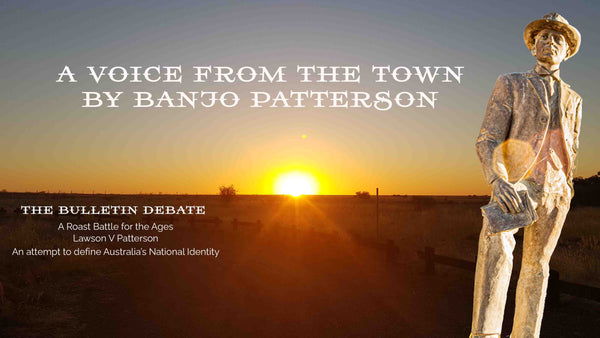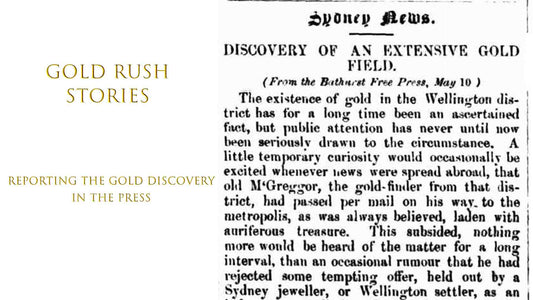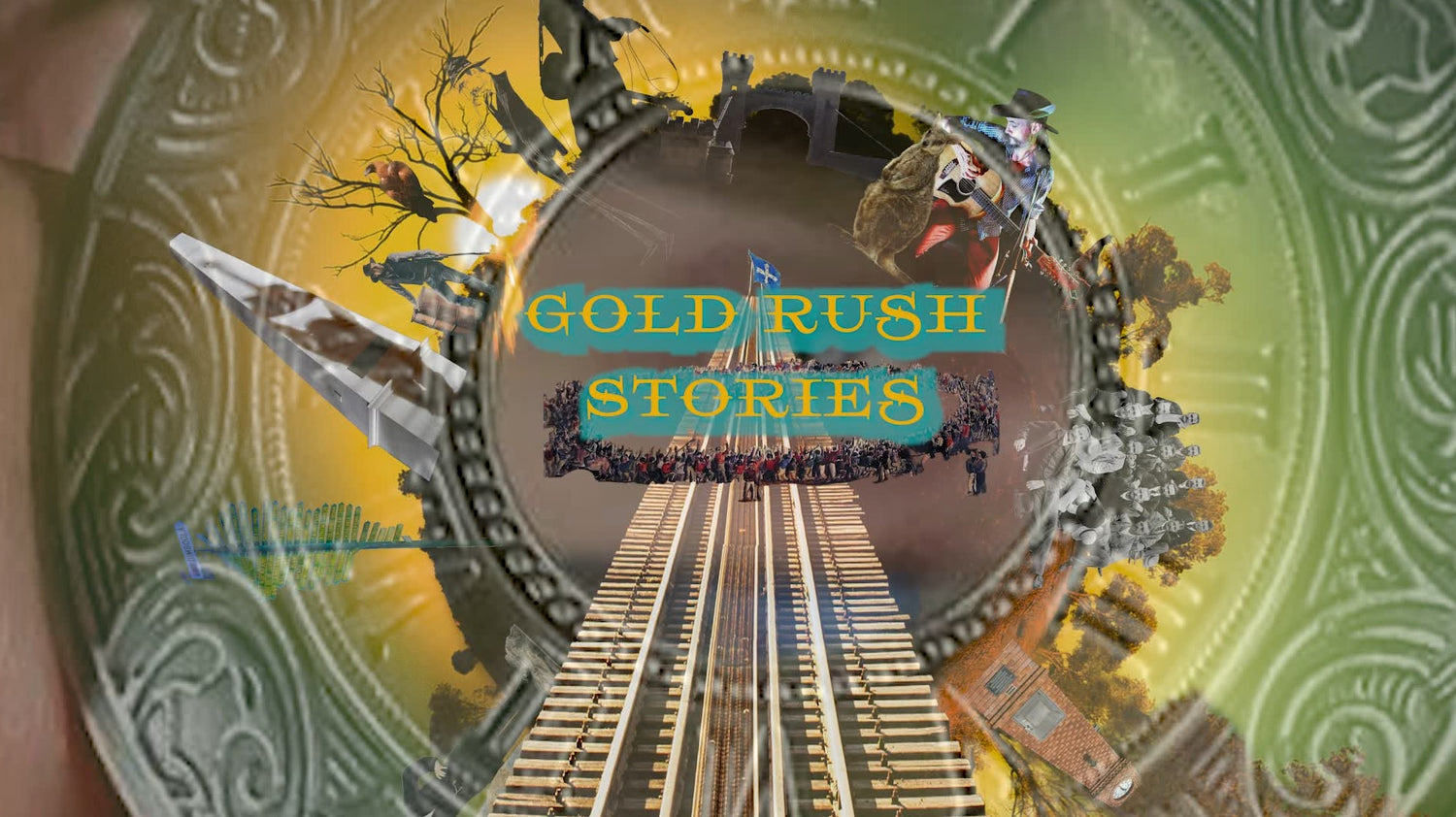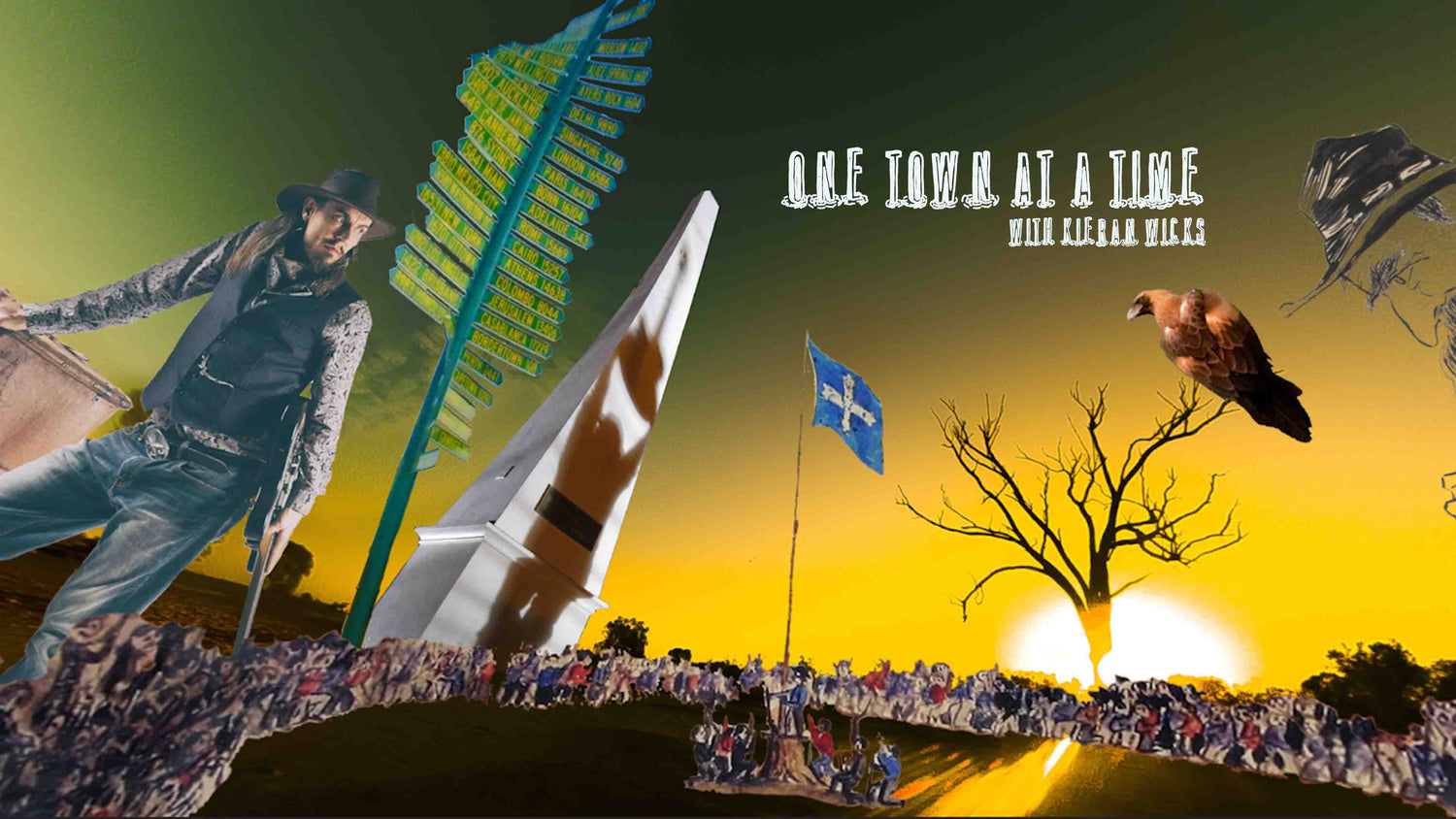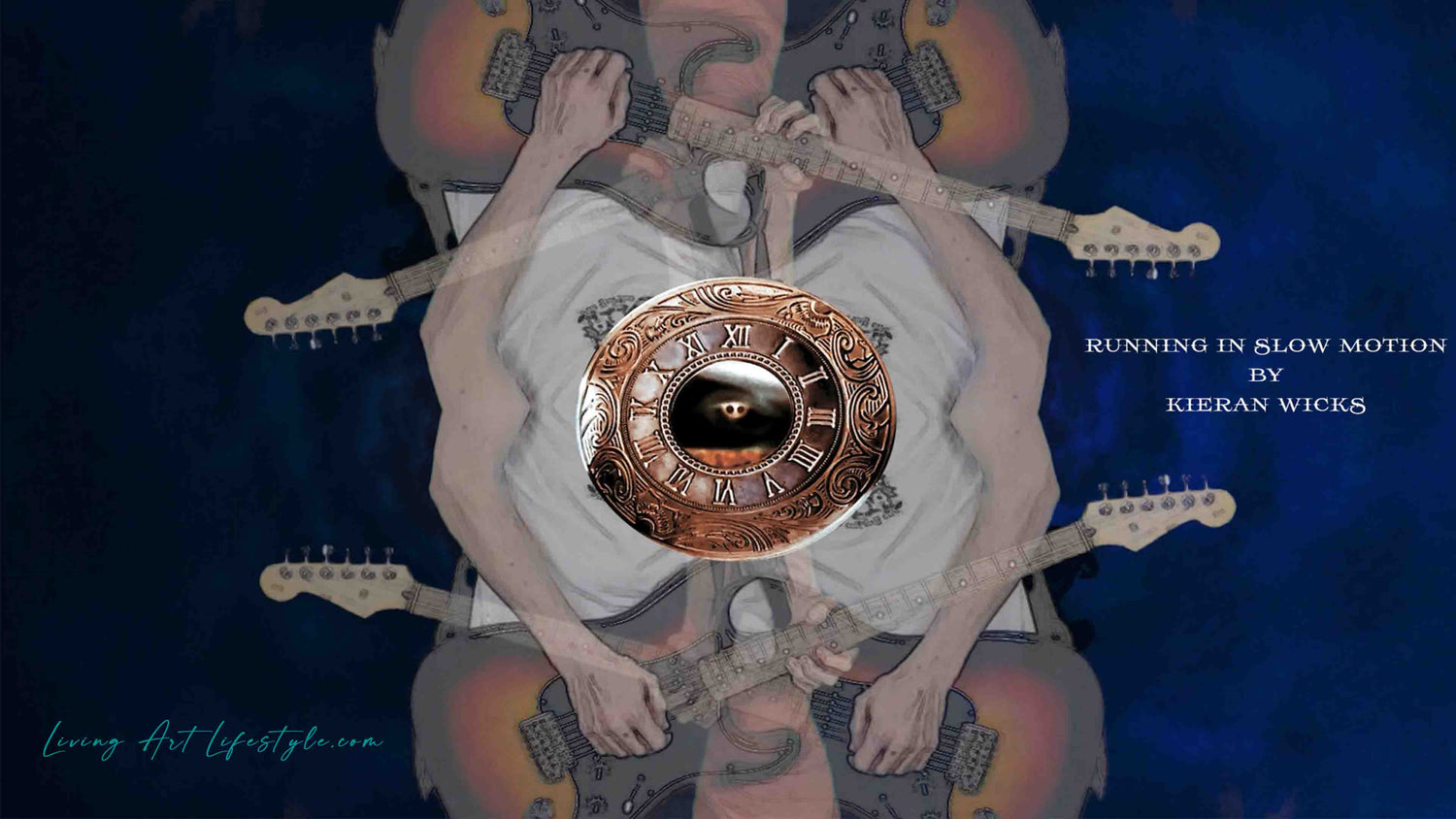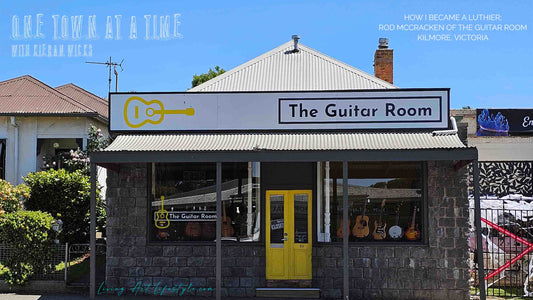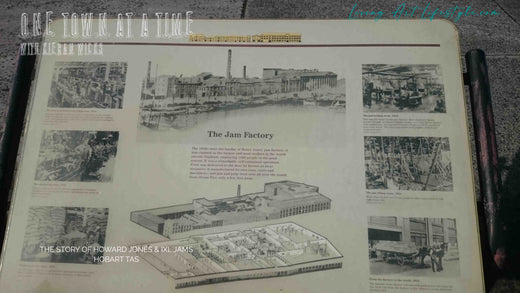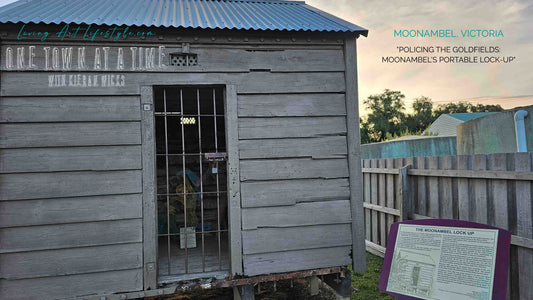
Goldeneye - Unisex Heavy Cotton Tee
Is it any surprise to learn that alcohol was one of the first traded currencies in Australia?
@kieran.wicks #question from @kieran.wicks #HistoryofMoney #RumRebellion #GoldRushStories #Australia #Money #Rum #GoldRush #Coup #Junta #Rebellion #Bligh #Currency ♬ original sound - Kieran.Wicks

William Bligh - 1792
https://viewer.slv.vic.gov.au/?entity=IE1394002&mode=browse
In 1806 William Bligh became the fourth governor of New South Wales, at a time when the fledgling colony was home to 7,000 outcast souls, all whom were struggling to survive the constant food shortages and negligible infrastructure, and what could only be described as a skeleton economy, which was controlled by the Military Corps.
The Corps became infamous for their dealings in rum and their rebellious conduct. In return for their service, officers received substantial land grants and were provided with convict labor, enabling them to construct cozy residences and grow crops for sale, thus turning a profit. Additionally, they held a virtual stranglehold on local commerce, amassing significant wealth and wielding considerable influence within the colony.
Gravity - Unisex Heavy Cotton Tee

Portrait believed to be of William Bligh
https://trove.nla.gov.au/work/231163371?keyword=William%20Bligh
William Bligh a Lieutenant overthrown twice by his subordinates, yes the same William Bligh from Mutiny on the Bounty infamy. The same man cast adrift along with 18 of his loyalists whom navigated over 3,500 miles to safety in a small life boat known as a launch.

Portrait of Rear-Admiral William Bligh - A. Huey pinxt. 1814.
https://trove.nla.gov.au/work/31230668?keyword=William%20Bligh
Bligh wasn’t known for having a peaceful demeanour or relationship with his underlings.
From all reports though, he brought it upon himself, disaffecting near all those whom over he had charge.
Early Life and Naval Career: William Bligh came into the world on 9 September 1754 in Plymouth, England. His family had deep roots in St Tudy, Cornwall, dating back to 1680. Bligh embarked on his naval journey at the tender age of seven, a customary practice of the time to gain the sea experience required for a future commission. By the age of 16, he was already aboard HMS Hunter as an able seaman and soon earned the rank of midshipman.
Goldeneye - Unisex Heavy Cotton Tee
Voyage with James Cook: On 17 March 1776, Bligh was appointed as the master of the Resolution, embarking on James Cook's third voyage. During this expedition, he was actively involved in charting new territories and creating plans for various bays and harbors. His contributions continued as he served on the Belle Poule, was promoted to lieutenant, and participated in two significant naval actions during the period between the ship's return in October 1780 and the end of the French war in 1783.
Mutiny on the Bounty: Bligh's life took a dramatic turn in 1787 when he was entrusted with the command and purser duties aboard H.M.S. Bounty. The ship's mission was to acquire breadfruit for the West Indies. However, on 29 April 1789, shortly after departing Tahiti, a mutiny unfolded, leading to Bligh and 18 loyal crew members being set adrift in a meager 23-foot boat.
Seventeen years after the notorious Bounty mutiny, Bligh's journey led him to a new chapter. On 13 August 1806, he assumed the role of Governor of New South Wales in Australia.
When Bligh took control of the colony of New South Wales note and coin money was in short supply and subsequently a complex barter system evolved which saw Rum imported from India as the most valuable and sought after commodity amongst the convicts and soldiers alike.
The currency flowed with Convicts and lower ranking military regularly paid in goods, namely Rum, rather than money.
At this time the Rum trade was monopolised by the NSW Corps, leading to the subsequent nickname in the 1790’s of “the Rum Corps”.

Portrait of John Macarthur, wool pioneer in Australia. - Bligh's Main Adversary
https://en.wikipedia.org/wiki/File:John_Macarthur.jpg#/media/File:John_Macarthur.jpg
In attempting to ascert his authority over the economy and justice system Bligh ruffled feathers amongst troops by imposing embargos on the trade of rum and control over the ships in port amongst other provocations.
Bligh's time as Governor of New South Wales was rife with actions that fanned the flames of the Rum Rebellion:
Controlling Booze Business: Bligh was on a mission to clamp down on alcohol barter. He made moves to drop rum prices while hiking taxes on its trade. The New South Wales Corps, having their hands deep in the rum business, weren't too pleased.
Land Shuffles: Bligh wasn't shy about reclaiming land for the community. Bigshots of the New South Wales Corps and others who owned huge patches of land felt the heat.
New Trading Outlets: Governor Bligh pushed for government trade stores, urging farmers to stick to British coins. Offer rum as payment, and you’d be in hot water. Snitch on someone doing it? You'd get a sweet reward.
Ears to the Ground: Unlike many, Bligh had a knack for hearing out the less wealthy settlers. But the high and mighty settlers and the New South Wales Corps viewed this as Bligh trying to tip the balance of power.
Bickering with Macarthur: Bligh butted heads big time with John Macarthur, the big kahuna of the rum trade. Things got pretty heated, with Macarthur slinging accusations of Bligh being corrupt and power-hungry.
These bold steps by Bligh had the New South Wales Corps and other top dogs in the colony on edge. All this tension bubbled over, setting the stage for the Rum Rebellion.

Government House Sydney 1809
https://upload.wikimedia.org/wikipedia/commons/5/50/Government_House_Sydney_1809.jpg
By 26th January 1808, the Corps had had enough and Marched to government House Sydney for a coup that would become known as the “Rum Rebellion”, arresting and deposing Bligh as governor of the colony.
Major George Johnston, who played a significant role in organizing the rebellion, later expressed regret about his actions. He wrote in June 1820, "Every person that promised [at the time of the deposition of Bligh to support me with their lives and fortunes] has risen upon my ruin. I alone am the sufferer, having lost my commission, and upwards of 6000 pounds for conceding to their requests".

New South Wales Government Printer - Arrest of Governor Bligh January 26, 1808
https://trove.nla.gov.au/work/235950168?keyword=Rum%20Rebellion
Back during the tumultuous events of the time, the term "Rum Rebellion" wasn't actually in use. The factors that culminated in William Bligh's arrest had less to do with the rum trade and more to do with a power struggle between the military and the civilian elites of the colony, including the Governor. On that fateful day, around 400 soldiers marched on Government House in Sydney, took Bligh into custody, and essentially put the colony under military rule.
Australia’s only military junta persisted for two years with the corps relinquishing control to Governor Lachlan Macquarie in 1810 when he took the reins of the neglected colony.

Lachlan Macquarie attributed to John Opie
https://upload.wikimedia.org/wikipedia/commons/6/65/Ln-Governor-Lachlan_macquarie.jpg
When Macquarie took over, the colony was in desperate need of a hospital, and left to their own devices with no assistance from the mother land as far as capital investment, an enterprising Macquarie brokered a deal for the hospital to be built by private merchants.
In an ironic twist of fate, in exchange for building the hospital the merchants were granted a three-year monopoly on the import of rum and spirits, which would go on to inauspiciously become known as the Rum Hospital and also by reputation, the “Sidney Slaughterhouse” due to arcane medical practises such as bloodletting.

THE ‘RUM’ HOSPITAL - 1811
https://sydneylivingmuseums.com.au/what-was-rum-hospital
Later Life: Following his eventful governorship, Bligh returned to England, where he continued to serve in the Royal Navy. His life journey came to an end in London on 7 December 1817.
REFERENCES
- https://www.nma.gov.au/defining-moments/resources/rum-rebellion
- https://www.sl.nsw.gov.au/stories/terra-australis-australia/1808-rum-rebellion
- https://sydneylivingmuseums.com.au/stories/short-history-mint
- https://sydneylivingmuseums.com.au/what-was-rum-hospital
- https://researchdata.edu.au/royal-mint-sydney/165549
- en.wikipedia.org
- sl.nsw.gov.au
- adb.anu.edu.au
- en.wikipedia.org
- encyclopedia.com
- simple.wikipedia.org
- sydney-australia.biz
- australianfoodtimeline.com.au
- mhnsw.au
- nma.gov.au
- wequestion.com.au
- australiangeographic.com.au
- ruleoflaw.org.au
- britannica.com













